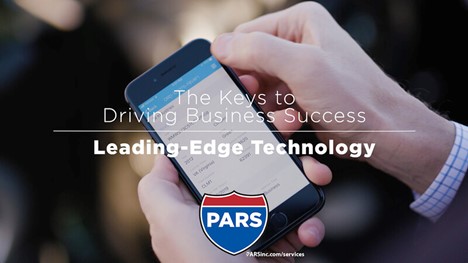Consider the following situation: A fleet management company places an order to vehicle logistics provider PARS to pick up a car from a terminated employee of a fleet customer and to then deliver it to a new hire.
But, after the driver uses the PARS driver app to assess and document the car’s condition, the PARS customer service team immediately advises the fleet manager of the car’s condition and provides a copy of the signed pick-up condition report with extensive photos.
The fleet manager can see that the terminated employee did not take very good care of the vehicle, which showed numerous exterior blemishes.
“Now the fleet manager can decide, based on the pictures, ‘Do I want to get those blemishes fixed, or do they not look that bad where I could just thoroughly detail the car and deliver it to the new employee without any repairs?’” said Erik Rasmussen, vice president of operations for PARS.
The above situation is only an example, but Rasmussen likes to show how the app’s real-time features can benefit fleets. He notes that the app allows fleet managers and fleet management companies to see real-time order updates from the minute a vehicle is picked up or delivered. “Customers cannot see such thorough condition reports in real time and with photos,” he said.
Evolution of the App
The PARS driver app with features real-time updates to orders available through the PARS customer portal regarding pickup and delivery; and detailed electronic condition reports that provide photos, damage documentation, confirmation of glovebox contents, and capturing of pickup and delivery signatures.
Rasmussen shared another real-world scenario where the mobile app brings added value to a PARS customer: “When PARS picks up a vehicle from a terminated employee that shows body damage the employee failed to report, fleet management companies and fleet managers can use the app-generated report to charge the terminated employee for the damages. “They have the pictures and the detailed condition reporting with the signature, too,” said Rasmussen. “The pickup party and the delivery party both sign these condition reports, so it’s a document they can use in the case of going back and charging separated employees for unreported damage.”


